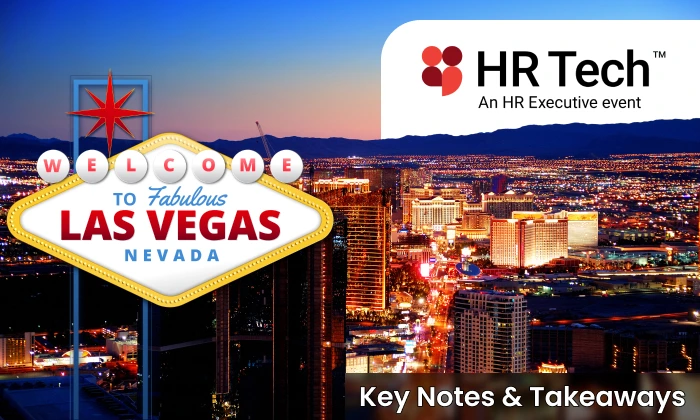Integrating Workday into an enterprise ecosystem is exciting. You suddenly get a single source of truth for HR, payroll, and finance, but achieving that isn’t as easy as it seems.
In 2025, the environment is more complex than ever. Organizations still rely on legacy systems, data volumes are growing, and compliance expectations are higher.
Having done several enterprise-level Workday API integrations, we want to share the real challenges we see on the ground and the strategies that make these projects successful.




 13 mins
13 mins











 Talk to Our
Consultants
Talk to Our
Consultants Chat with
Our Experts
Chat with
Our Experts Write us
an Email
Write us
an Email





